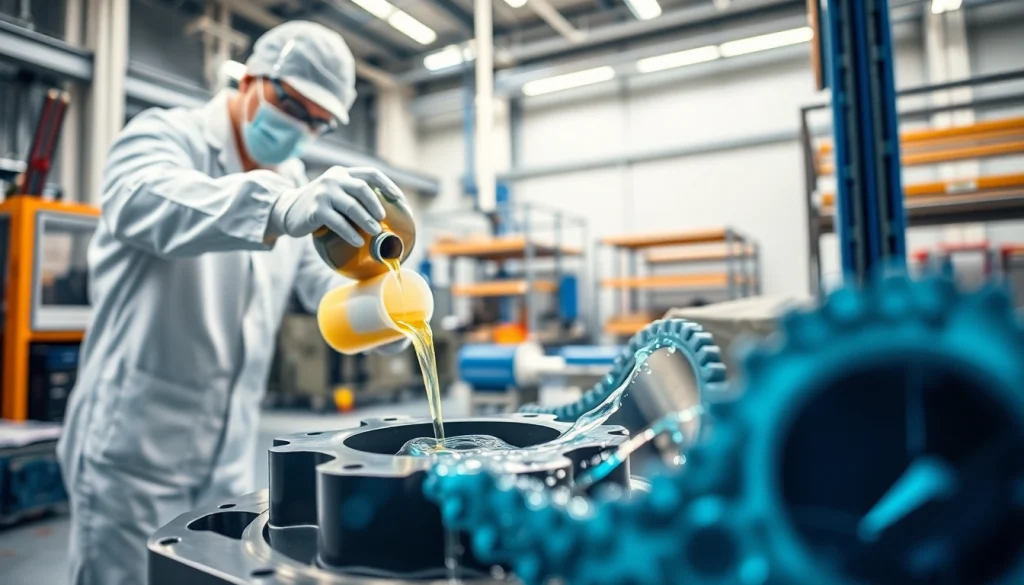Understanding Infusion Resins
What are Infusion Resins?
Infusion resins are specialized materials extensively used in the composite manufacturing sector, particularly within processes like vacuum infusion. These resins are formulated to be low in viscosity, allowing for easy penetration into fiber mats and molds, which is crucial for creating lightweight yet highly durable composite materials. The infusion of resins involves a systematic approach where the resin is drawn into the dry fiber through a controlled vacuum, ensuring thorough coverage and uniform distribution. This methodology contributes to superior part integrity compared to traditional lamination processes.
The strategies and challenges in dealing with infusion resins have been the focus of ongoing research resulting in enhanced products that yield better mechanical properties, reduced void content, and increased surface finishes.
Characteristics of Infusion Resins
Infusion resins possess specific characteristics that distinguish them from other resin types. Here are some key attributes:
- Low Viscosity: This ensures that the resin can flow easily through intricate fiber structures without leaving gaps.
- Controlled Curing: These resins are designed for various curing times and temperatures, allowing flexibility in application scenarios.
- Compatibility with Various Fibers: Infusion resins work well with a variety of reinforcement fibers such as glass, carbon, and aramid.
- Low Shrinkage: During the curing process, infusion resins experience minimal shrinkage, which is critical for maintaining dimensional integrity.
Types of Infusion Resins Available
Infusion resins can be broadly classified into several categories based on their composition and application:
- Epoxy Resins: Known for their excellent adhesion and chemical resistance, epoxy infusion resins are often used in high-performance applications.
- Polyester Resins: These are cost-effective and commonly used in marine applications, often blended with other substances to enhance performance.
- Vinyl Ester Resins: Offering a compromise between epoxy and polyester, vinyl esters provide higher heat resistance and corrosion resistance.
- Bio-based Resins: With growing environmental concerns, eco-friendly infusion resins derived from natural sources are gaining traction in various markets.
